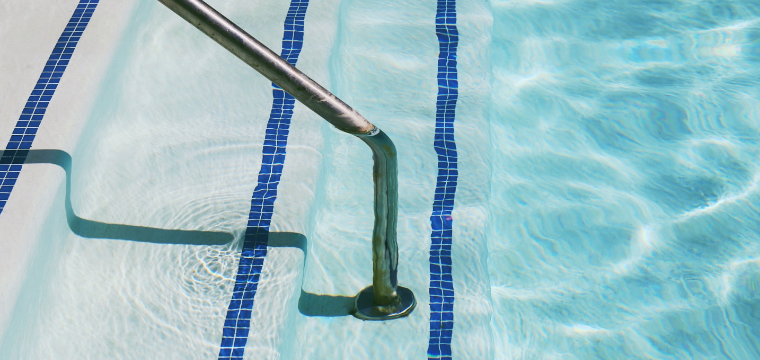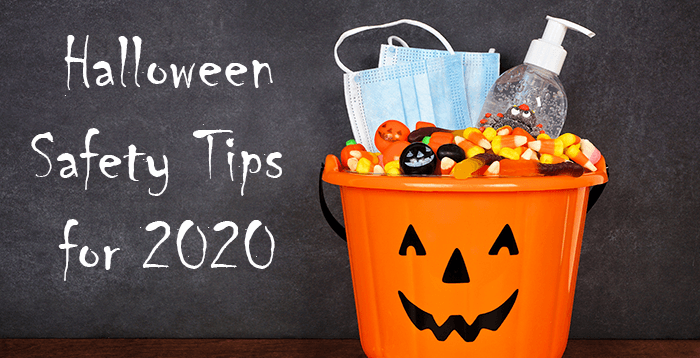Summer is here and that means families nationwide are headed for the water. Whether you plan to float down the river or catch waves in the local pool, it’s a great time for parents to brush up on safe swimming practices. Nearly 700 children die from drowning each year — a number that we can all help lower with just a few simple steps. Let’s take a look.
- Never Leave Water Unsupervised
Most drownings occur because a child entered the water while no one was looking. This is especially common for residential pools and bodies of water where a lifeguard is not present. If you’re with a group of adults, appoint one adult to be a designated supervisor to keep an eye on the water at all times — even when kids are not around.
- Install Fences & Gates
We know that putting a fence around your backyard pool may not fit your aesthetic, but the added safety is well worth it. Surrounding your pool with a four-foot fence greatly decreases the likelihood of a child ever entering without an adult. Installing a self-closing, self-latching gate will also help control entry. Remember, the goal is to prevent any opportunity for a child to wander over to the pool unsupervised.
- Keep Drains Covered
Pools and spas use incredibly powerful suction outlets. Even adults could become trapped by a stray hair or piece of clothing. Federal law requires that all public pools and spas have drain covers, but we highly recommend them for your private pool as well. Also, be sure to teach kids about the dangers of pool drains and ask them to avoid playing around them. If a child should become stuck in the drain, quickly find the emergency shutoff valve.
- Teach Kids to Swim
Swimming is a skill that could potentially save a child’s life. By age four or five, most kids are ready to begin swimming lessons and learn basic skills, like floating and treading water. Most public pools and community centers offer swimming lessons for a reasonable price. We highly recommend enrolling your children so they can be prepared if they ever fall into water unexpectedly.
- Get Certified in CPR
Quick action can save a child’s life in a drowning scenario. CPR training is free and readily available through the Red Cross and other organizations. During CPR training, you’ll learn how to perform chest compressions and resuscitate someone suffering from a lack of oxygen. This will give you the basic tools to perform first-aid while waiting for emergency personnel to arrive.
Find More Safety Tips
For more on keeping your kids safe this summer, be sure to explore the Casey Devoti & Brockland blog. We’re always writing about new ways to make safety a priority in your everyday life.









